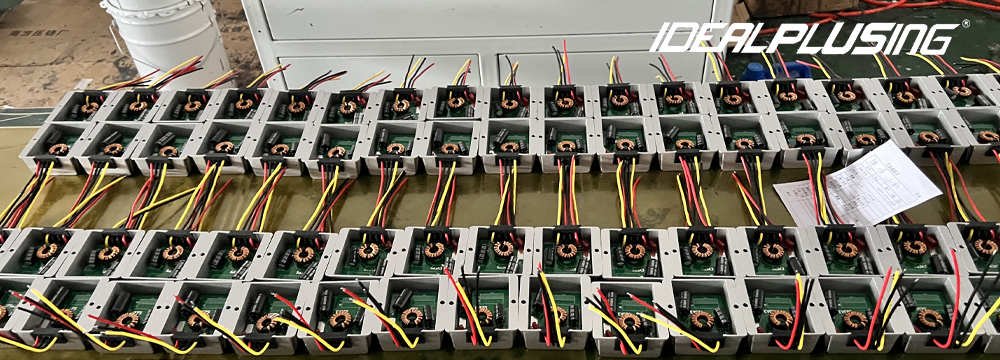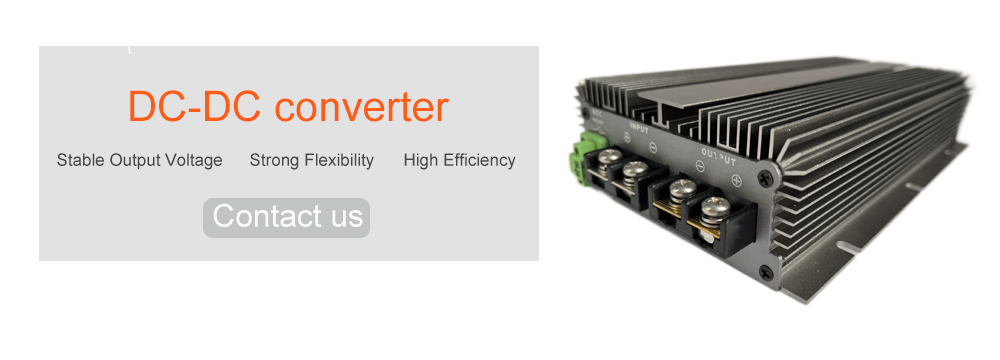A DC/DC converter (DC/DC converter) is an electronic device used to convert one DC voltage to another. It comes in a variety of forms, each with its own specific application scenarios and characteristics.

Here are the main forms of DC/DC converters:
Classification by working principle and conversion method
Boost Converter: Also known as a step-up converter, it can increase the input voltage to a higher output voltage. It uses inductive energy storage and periodically switches current to achieve step-up conversion, and is commonly used in portable devices and solar systems.
Buck Converter: Also known as a step-down converter, it can reduce the input voltage to a lower output voltage. It also uses inductive energy storage and periodically switches current to achieve step-down conversion, and is widely used in computers, mobile phones, LED lighting and other fields.
Buck-Boost Converter: Also known as a step-up and step-down converter, it can achieve both step-up and step-down functions, and is suitable for applications with a large difference between the input voltage and the output voltage.
Flyback Converter: It is an offline converter that can achieve a variety of different input and output voltage conversions. It achieves power conversion through an energy storage self-extracting transformer and is suitable for lower power applications.
Charge Pump Converter: It is a simple voltage boost converter that achieves boost conversion by periodically charging and discharging the capacitor voltage. It is usually suitable for low-power, low-output current applications.
Inverting Converter: It can reverse the polarity of the input voltage and convert it to the required output voltage. It is suitable for some special applications, such as battery management systems.
Multi-phase Converter: It consists of multiple parallel DC/DC converters, which can provide higher output current and better thermal management.
Synchronous Converter: It uses synchronous switching technology to improve conversion efficiency and reduce switching losses.
Classification by the number of power switch tubes of the power converter
Single-tube type: including boost type (Boost), buck type (Buck), single-ended forward type (Forward), single-ended flyback type (Flyback), bidirectional buck-boost type (Boost-Buck) and other power converters.
Dual-tube type: including dual-tube forward type, dual-tube push-pull forward type, dual-tube half-bridge forward type, dual-tube flyback and other power converters.
Classification by switch control method
Pulse width modulation (PWM): control the output voltage by adjusting the conduction time of the switching element.
Frequency modulation (PFM): adjust the output voltage by changing the switching frequency.
Analog/digital ADC: convert analog signals into digital signals for control.
Pulse width and frequency hybrid modulation: combine the advantages of PWM and PFM to achieve more precise control.
Resonant type, quasi-resonant type: use the resonance principle to realize switching operation and reduce switching loss.
Zero voltage or zero current resonant type: Achieve zero voltage or zero current before switching operation to further reduce switching loss.
Classification by output circuit mode
Single voltage output: Only output one DC voltage.
Dual voltage output: Output two independent DC voltages.
Multiple voltage output: Output multiple independent DC voltages, suitable for systems that require multiple voltages.
Classification by insulation from the vehicle body (mainly for electric vehicles)
Insulation from the vehicle body: There is insulation isolation between the converter and the vehicle body, suitable for applications that require high safety.
Non-insulation from the vehicle body: There is no insulation isolation between the converter and the vehicle body, suitable for applications that do not require high safety.







